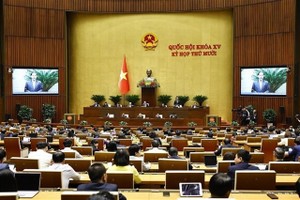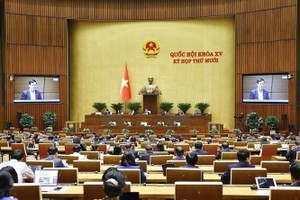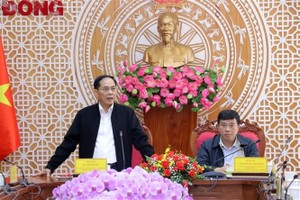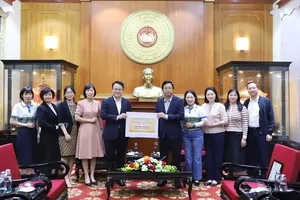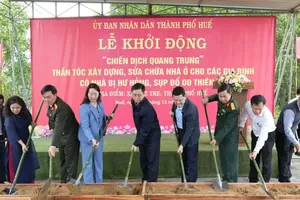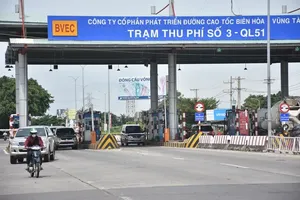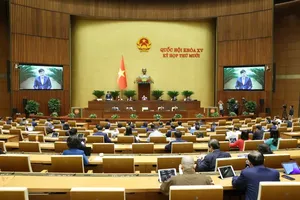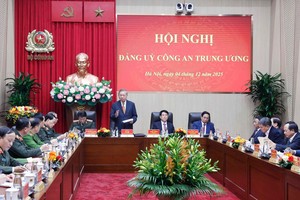
Dong, who is also the director of the project's management board, said that the board is holding a meeting on November 29-30 with relevant localities to define suitable legal foundations for the forest handover.
The project aims to strengthen cross-border cooperation and the management of the forest ecosystems among countries in the Greater Mekong Subregion. It is significant to not only Vietnam but the world too as it will offer valuable experience in building biodiversity corridors.
In Vietnam, the project will be implemented in 35 communes of six mountainous districts in the three central provinces of Quang Nam, Quang Tri, and Thua Thien-Hue, covering protective and special-purpose forests to create a corridor for the restoration and maintenance of ecosystems and biodiversity in the region. This will help ensure a sustainable forest ecosystem, strengthen climate change response in central Truong Son region, and improve the livelihoods of locals.
So far, 1,177ha of forest have been restored, along with 937.5ha of production forest, and 1,510ha of land for forestry exclusive of wood. At the same time, over 10,000ha of natural forest land have been recovered through forest restoration.
As many as 15,500 households are expected to enjoyed direct benefits from the project, 85 percent of whom are from ethnic minority groups.
